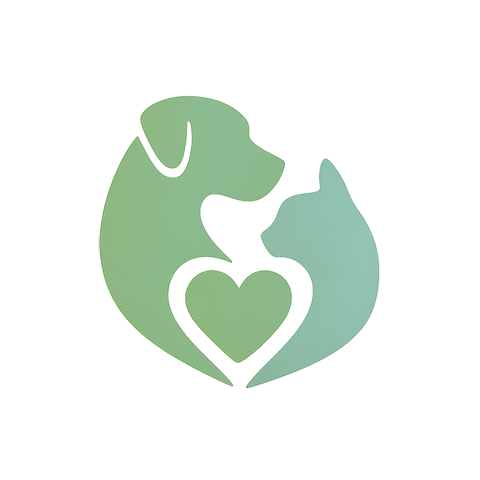The Fellőkönyv serves as a comprehensive guide for volunteers and donors alike, detailing how to contribute effectively to the állatmenhelyek (animal shelters) and the túlélő közösségek (survival communities). It outlines the role of the Vadvédelmi Alapítvány (Wildlife Protection Foundation), providing practical advice for those who wish to support both the shelters and the broader conservation mission.
The first section of the guide is dedicated to volunteering. It explains that the shelters rely on a network of volunteers for cleaning, feeding, and caring for the animals. These tasks are often repetitive but essential, and a reliable volunteer schedule is the backbone of the shelters’ daily operations. A strong volunteer base creates an environment where the animals feel safe and well‑maintained.
Following the volunteer overview, the guide offers practical instructions for financial support. It includes a step‑by‑step guide on how to make a one‑time donation, set up recurring contributions, or plan a fundraising campaign. Each tip is illustrated with a concrete example: for instance, a local café might hold a “Tózók Sütés” (soup‑making) event to raise money for the shelters.
In addition to volunteer and donation information, the guide offers inspiring success stories that illustrate the shelters’ achievements. For example, the rescue of a golden‑eyed cat, the rescue of a young deer, and the care of a rescued rabbit are highlighted. These stories serve as motivation and proof that collective action has a tangible, positive impact on animal welfare.
Success stories are further illustrated in the guide by detailing a rescue mission that saved a critically injured bird from a storm. The shelters’ collaboration with the Wildlife Protection Foundation allowed for immediate medical care, and the bird’s successful recovery is a testament to the shelters’ expertise. By sharing these outcomes, the guide demonstrates the practical value of the shelters’ efforts.
Next, the guide discusses how to help in a structured manner. It presents a
- Financial plan that outlines budget allocation for shelter operations.
- A volunteer schedule for the most common tasks, such as feeding and cleaning.
- A communication plan for updating donors and volunteers on project progress.
These three items create a concrete and actionable framework for both new and experienced volunteers.
Moving forward, the guide explores the Wildlife Protection Foundation’s perspective. This part explains how the Foundation’s resources are allocated and how the shelters benefit from its support. It highlights the partnership between the shelters and the Foundation, noting how this synergy enhances the shelters’ ability to provide quality care for animals and create sustainable community programs.
Another key aspect is community outreach and education. The shelters regularly conduct educational workshops on animal welfare, environmental protection, and responsible pet ownership. The guide shows how to create engaging educational content that helps the community better understand the shelters’ mission and encourages them to get involved.
In the call‑to‑action section, the guide encourages donors and volunteers to join the shelters’ efforts. It explains that each contribution—whether it is a donation, volunteer hour, or a local campaign—strengthens the shelters’ net and expands the reach of conservation projects.
„Az állatvédelmi közösség ereje abban rejlik, hogy minden hozzájáruló egyensúlyi pontot teremt a természetben.” – Vadvédelmi Alapítvány.
Partnering with local authorities is essential for maintaining animal safety. The shelters’ partnership with municipal governments and environmental protection agencies allows for effective coordination and resource allocation. Together, they track wildlife movement and address emergency situations promptly.
Technology adoption is another key topic covered in the guide. The shelters integrate GPS tracking, monitoring software, and digital mapping tools into their conservation strategies. These technological tools enable the shelters to monitor the health and behavior of the animals, ensuring that interventions are timely and evidence‑based.
Looking ahead, the guide presents a vision for a future in which animal shelters and the Wildlife Protection Foundation continue to expand their community impact. They aim to establish self‑sustaining systems that support wildlife, provide natural habitats for urban animals, and promote responsible food‑and‑recycling practices.
The guide concludes by reaffirming the shelters’ commitment to continuous improvement. It encourages donors and volunteers to remain engaged, emphasizing the importance of shared responsibility and collaborative action for a sustainable future. By joining the shelters’ mission, everyone can contribute to a healthier ecosystem and stronger community ties.
Ultimately, the guide emphasizes that a strong, well‑coordinated network of volunteers, donors, and technology is the key to fostering a healthier, more sustainable environment. Each effort—whether a donation, volunteer shift, or community outreach initiative—strengthens the conservation net. By staying involved, the shelters and the Wildlife Protection Foundation ensure that future generations inherit a thriving, well‑balanced ecosystem.

